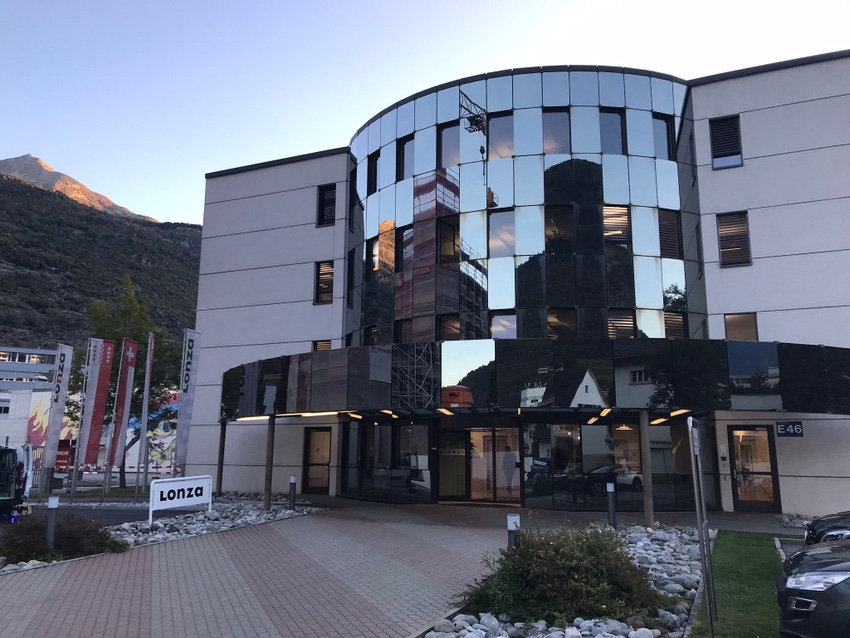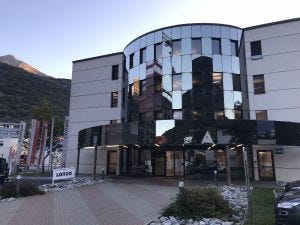Content Spotlight
Podcast: MilliporeSigma says education vital to creating unbreakable chain for sustainability
MilliporeSigma discusses the importance of people, education, and the benefits of embracing discomfort to bolster sustainability efforts.

CDMO Lonza will use its global network, including a dedicated facility in Switzerland, to produce Kodiak Sciences’ antibody biopolymer conjugate (ABC) KSI-301.
KSI-301 is an anti-VEGF biopolymer conjugate being developed by Kodiak Sciences for various ophthalmic retinal diseases. The candidate is in Phase II/III studies for wet age-related macular degeneration (wet AMD) and diabetic macular edema (DME), and as the firm looks to commercialization it has inked a deal for manufacturing scale-up with Lonza.
The contract development and manufacturing organization (CDMO) will provide a facility at its site in Visp, Switzerland dedicated to the bioconjugation of the potential therapy. This is possible due to Lonza’s Ibex Dedicate offering, a series of prebuilt shells at Lonza’s Ibex biopark in Visp that can be quickly fitted-out to suit specific customer projects. The plant is expected to be ready in 2021.

Lonza’s site in Visp, Switzerland
Visp will also serve as a production site for the biopolymer element of the candidate, along with Lonza’s site in Nansha, China. Lonza’s facility in Portsmouth, US will produce the antibody.
The large footprint utilized for the candidate reflects the complexity of manufacturing an ABC, which – like an antibody-drug conjugate (ADC) – comprised of three intrinsic parts.
“An ADC usually combines an antibody with a highly potent payload (via a linker molecule) to target cancer cells. The antibody is essentially the delivery method to target the toxic drug precisely to cancer cells,” Charles Christy, director of Commercial Solutions, Ibex Dedicate, told Bioprocess Insider. “The ABC is an antibody linked to a polymer molecule via a linker that in this case prolongs the half-life of the antibody.”
In terms of manufacturing, Christy explained “the ABC needs the biologics drug substance manufacturing design but doesn’t need the high containment isolator suite that you would need to handle the highly potent payload for an ADC.
“Both types of molecule need a linker – several different technologies exist with the more recent ones allowing tight control of the number of linked molecules and selective delivery to target cells.”
And like ADCs, the supply chain for an ABC is complex as three elements must be brought together, which Christy said is why many firms prefer to use CDMOs than do it inhouse.
“There is also more risk as if there are issues at the conjugation stage there are three high value products at stake. For ADC’s there are safety and containment issues related to the high potency of the ADC. For the ABC given that it is for ocular use there are very stringent requirements for purity and low contaminants. For this reason, many companies prefer to outsource this specialty.
“In addition, Lonza offers all four components required: manufacturing of antibody, highly potent small molecule/biopolymer and the linker followed by the conjugation. We can also offer the drug product for ABCs. This greatly simplifies the supply chain from logistics, planning, quality, execution and oversight.”
You May Also Like